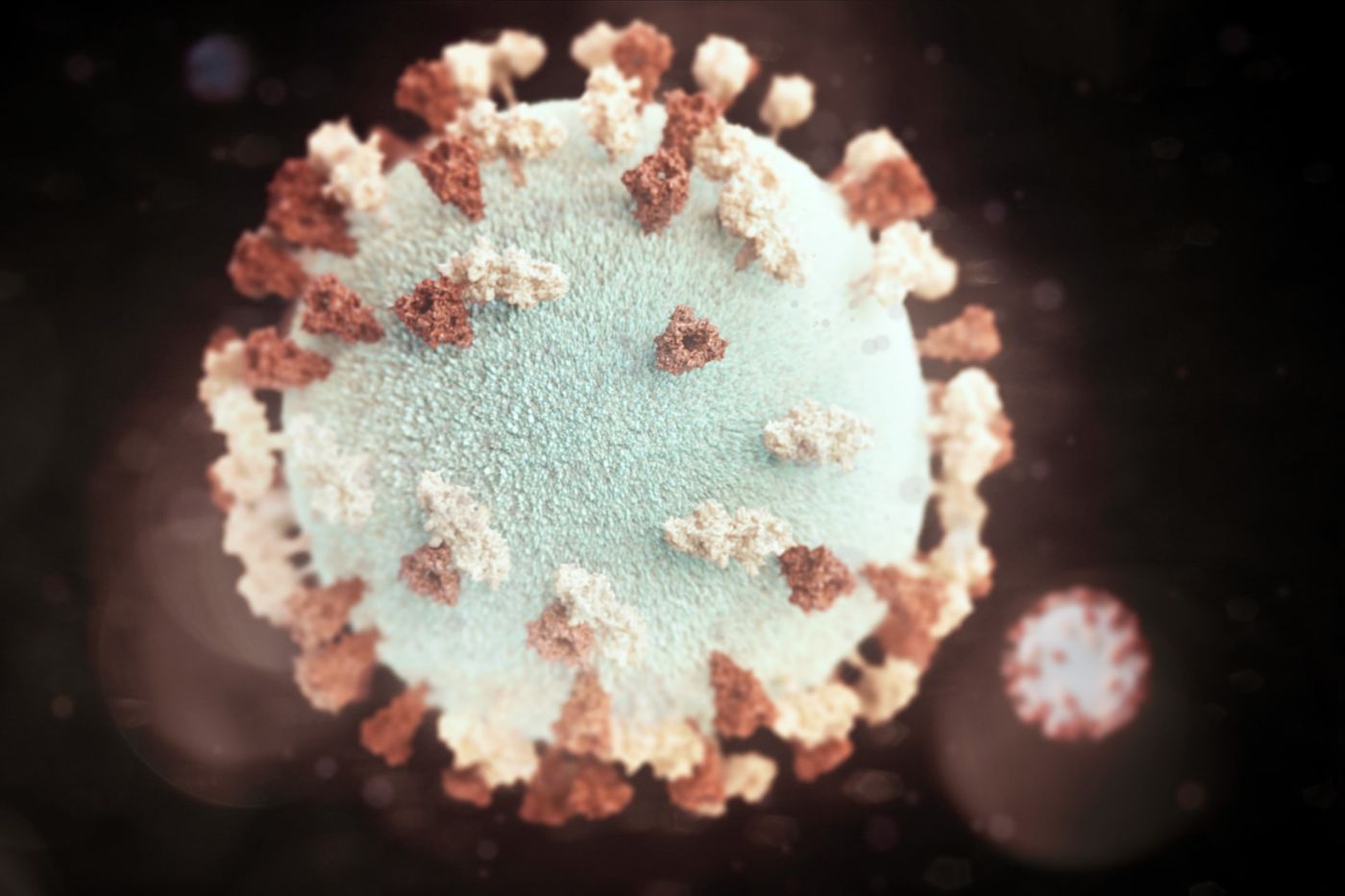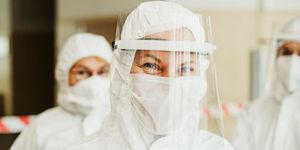The COVID-19 pandemic has spurred a wave of new technologies for rapid viral diagnostics, given just how critical such innovations are in managing infectious disease outbreaks. Now, researchers have developed the RApid DIgital Crispr Approach, or RADICA, a molecular testing platform four times faster than the conventional polymerase chain reaction (PCR) method. The study was published in the journal Biomaterials.
The PCR test is among the most accurate and reliable means of detecting genetic material from a pathogenic organism to diagnose infections. This process takes around four hours and requires the use of specialized reagents and a thermal cycler in a diagnostic laboratory.
In contrast, RADICA can quantify viral nucleic acids in under an hour, using a simple water bath—an inexpensive, standard piece of lab equipment. The team from the Singapore-MIT Alliance for Research and Technology (SMART) validated RADICA using two viral models: SARS-CoV-2 and the Epstein-Barr virus. According to the researchers, the technique is flexible and can be applied to identifying the presence of other viruses in biological samples and cell culture supernatants.
In the RADICA protocol, DNA or RNA from the sample is divided into thousands of individual 15 microlitre reactions. The Cas12a enzyme is then used to identify and amplify the presence of any viral nucleic acid, subsequently emitting a fluorescent signal. The number of reactions that glow positive reveals the copy number of viruses in the sample.
"This is the first reported method of detecting nucleic acids to utilize the sensitivity of isothermal amplification and specificity of CRISPR based detection in a digital format - allowing rapid and specific amplification of DNA without the time consuming and costly need for thermal cycling," said Xiaolin Wu, one of the inventors of RADICA. "RADICA offers four times faster absolute quantification compared to conventional digital PCR methods."
Sources: SMART, Biomaterials.









